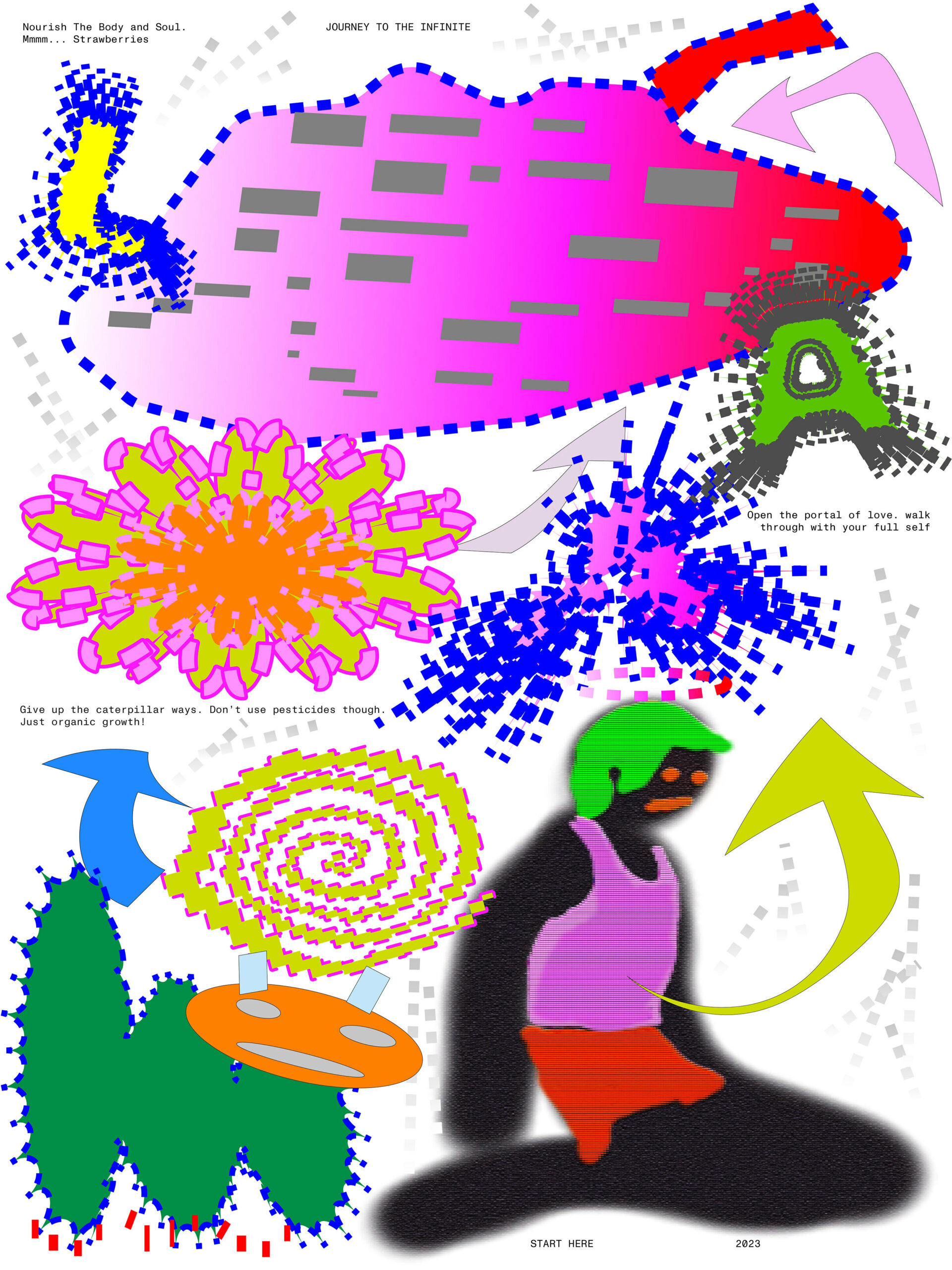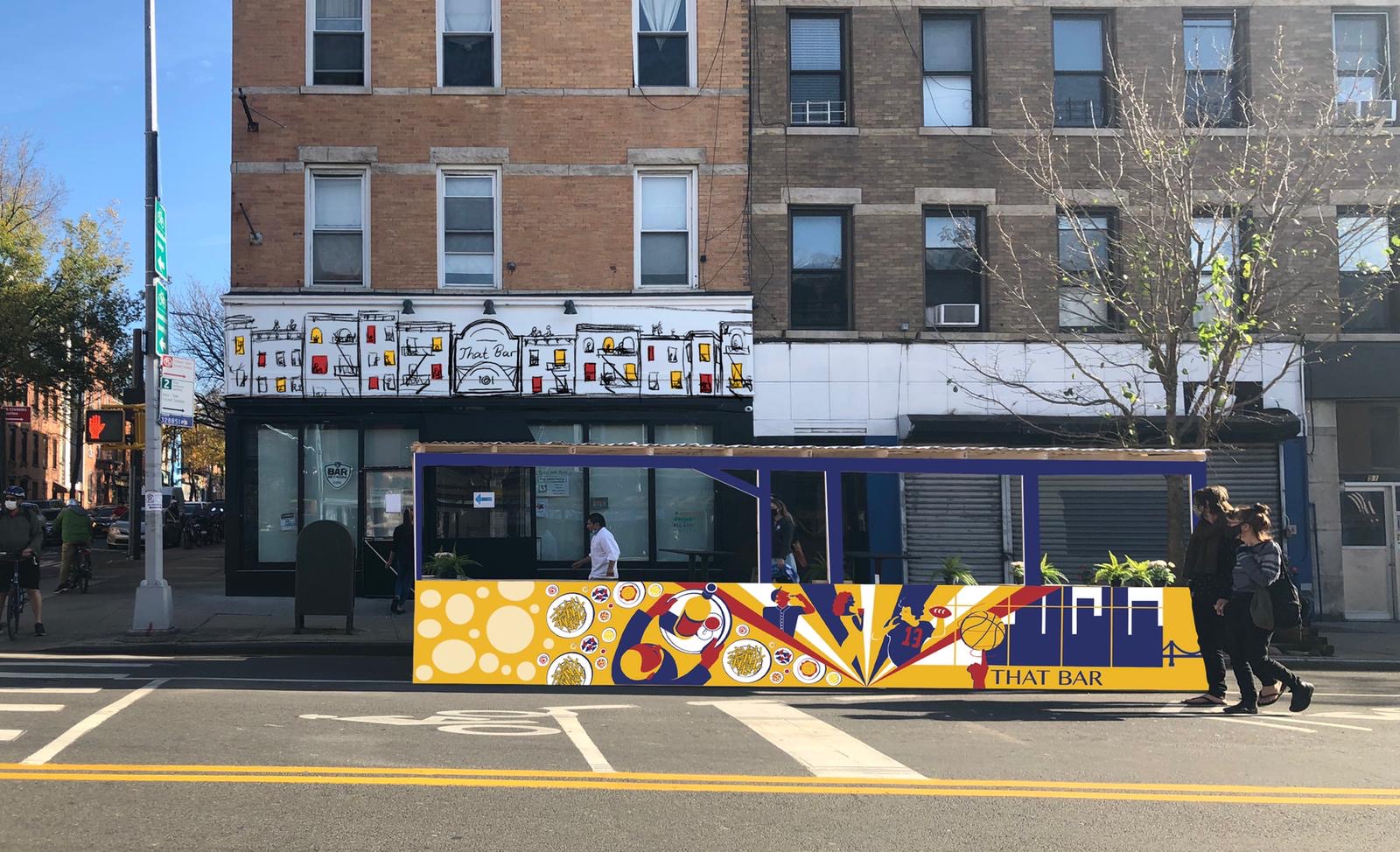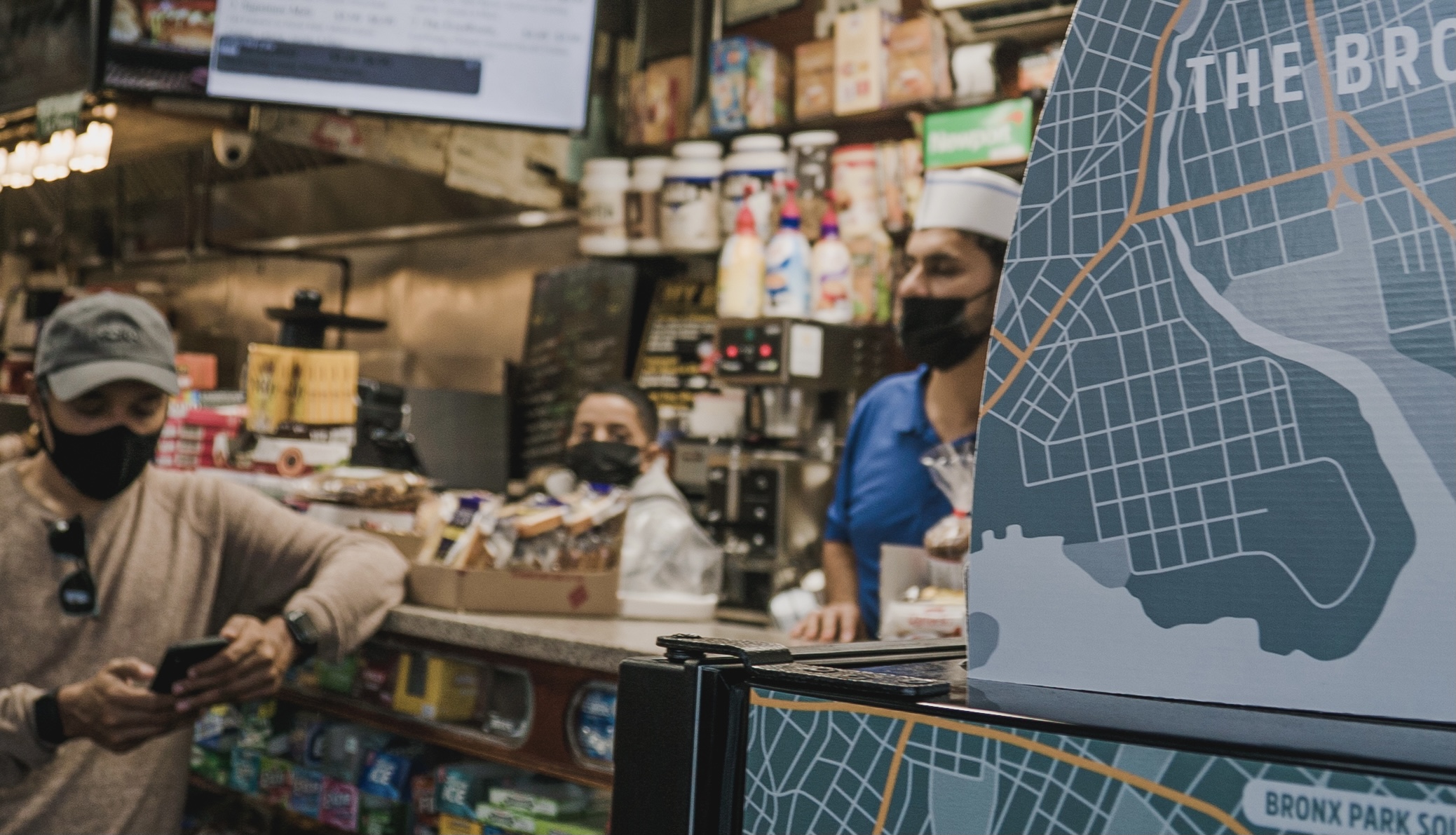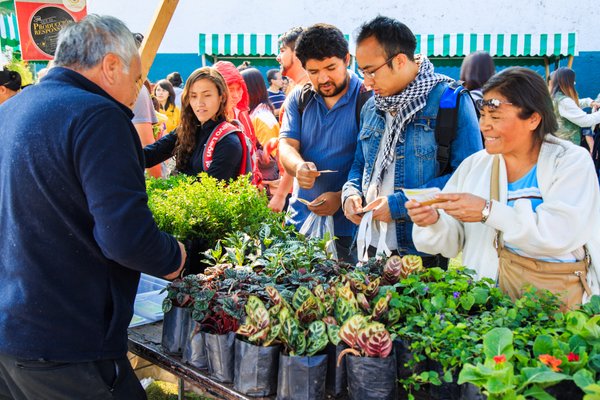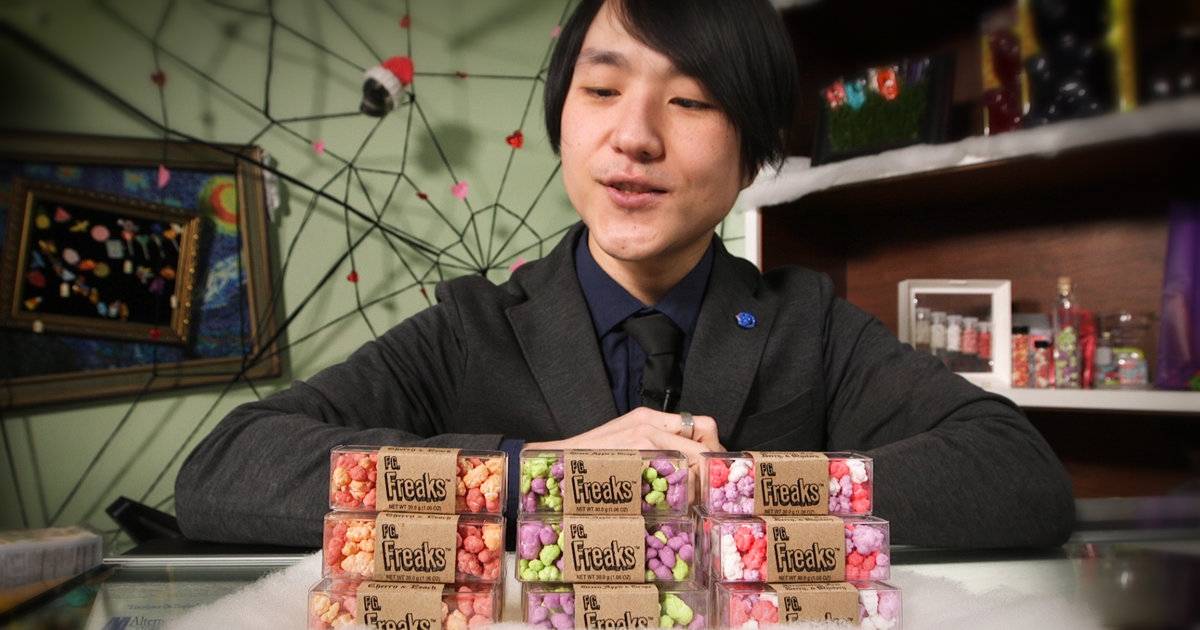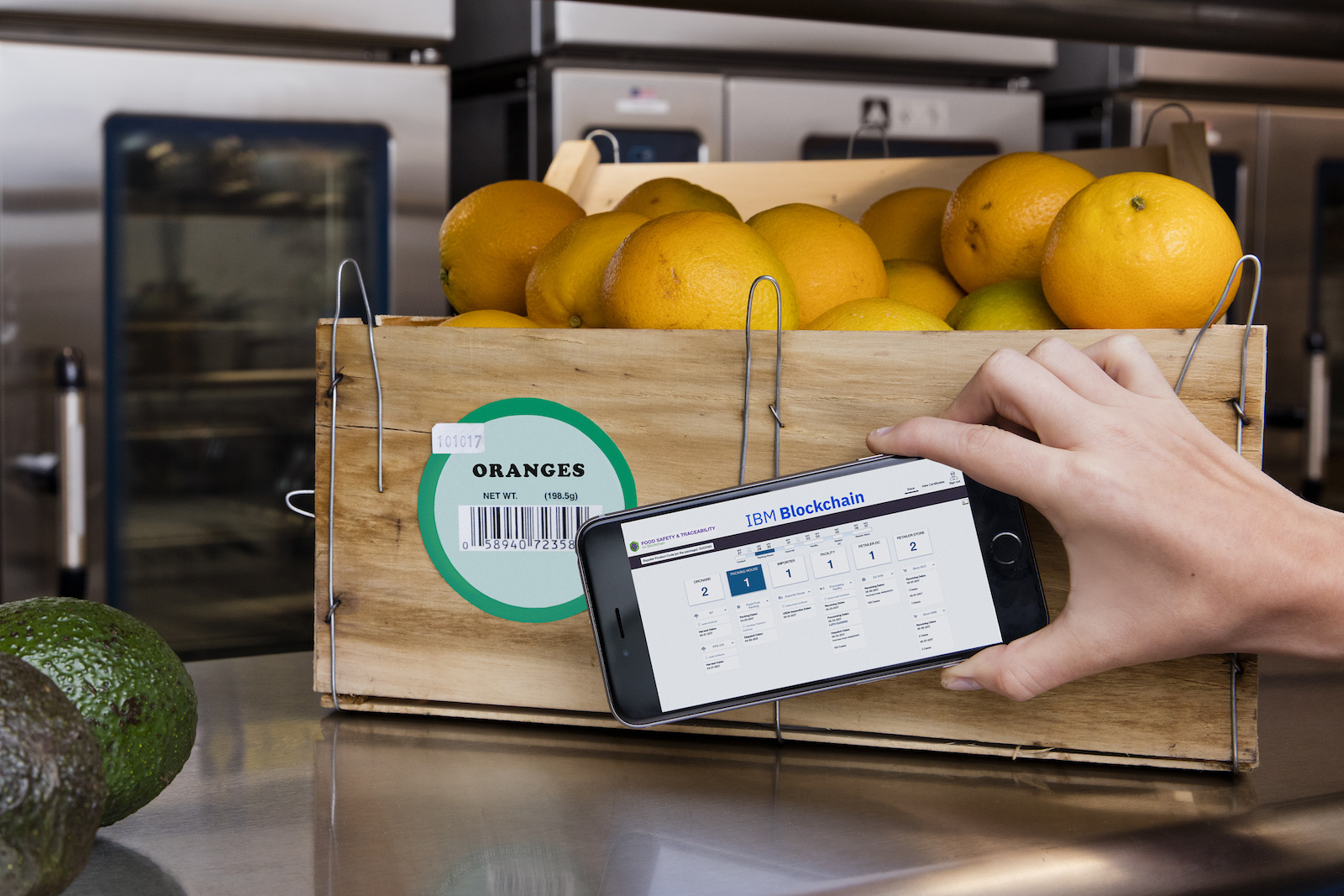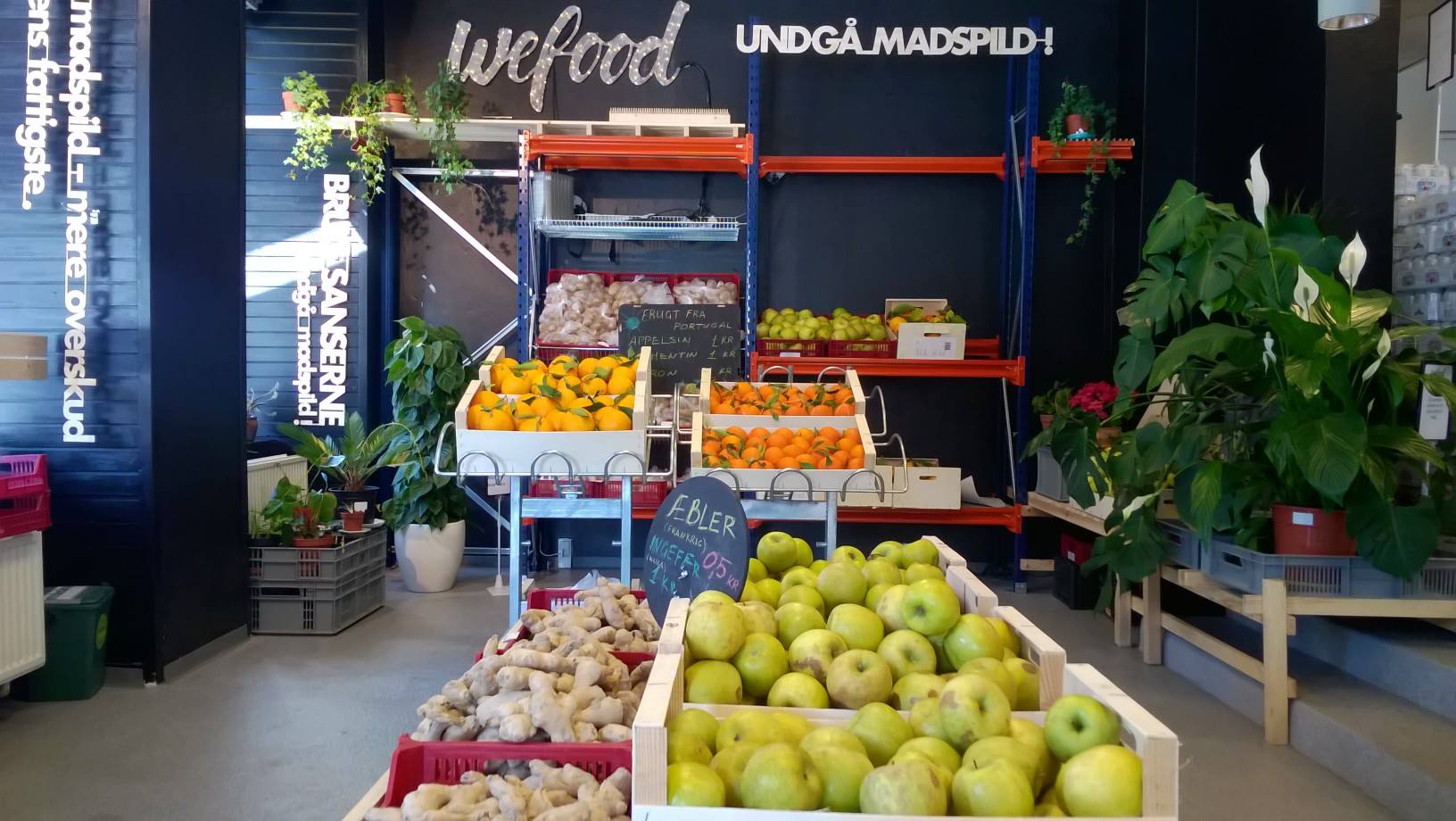It was cute at first. It still reminded you of the heady cinnamon-clove-nutmeg scent that hangs heavy in the air while Thanksgiving dinner is in the oven. But then pumpkin spice got out of hand: it’s in your coffee and butter, in your cookies and candles. While it’s understandable that food companies will market products to appeal to the zeitgeist, manufactured autumn mania reinforces a disconnect with how fall is experienced as a season.
In recent years, Starbucks has come under fire for pushing their pumpkin spice latte earlier and earlier in the calendar. An eagerness to jumpstart seasonal change isn’t limited to mass brands—even niche whole food companies offer seasonal menus before the season has started. On one hand, customers like these foods, so selling them early makes both company and consumer happy. On the other hand, selling these products in advance of the natural season reinforces our disconnect with nature. Encouraging people to consume fall-tastic products before the actual foods appear at market highlights that humans consumption patterns are divorced from nature.
And that may well be the case. If anything, the barrage of shocking natural disasters in the last few months should alert everyone to the fact that the environment as they know it isn’t stable. With ten hurricane-level storms developed in succession in the Atlantic ocean, which hasn’t happened since 1893, crops and livelihoods have been decimated. As wildfires ravage in Northern California’s wine country, and drought and temperature instability has caused a production shortage in Europe, prices will no doubt go up. But it’s also the smaller, year-by-year, changes that alter our food producing landscape. Fifty years ago you could barely produce wine in Britain. Now you can.
But there’s another, unconsidered factor that happens with food marketing, and that’s a false sense of control. Food marketers convince consumers that their consumption patterns are OK when they release spice-rich fall-inspired food products on a schedule—even if that happens to be in the middle of a heat wave. Thanks to a mix of nostalgic symbols, trendy imagery and holiday-focused consumerism, it’s easy to buy into this delusion. 
While Trader Joe’s is not the fulcrum of the pumpkin spice obsession, their bevy of pumpkin spice-flavored products epitomizes the manufactured fall obsession. On the first day of fall the grocery store comes out with more products that you’d expect could be fall spiced. They have pumpkin cereal, instant oatmeal, mac and cheese, granola and mini-ice cream cones, just to name a few. Despite their differences, each package riffs on the fall theme. Maple leaves appear frequently as a motif and varying shades of orange are required.
But while the design points to an underlying uniformity and nostalgia, it’s the coordinated release that demonstrates how detached the consumer’s idea of fall has become from the reality. Throwing all the products onto the shelves at once overstimulates expectation. The consumer expects the other factors they associate with fall, like cooler temperatures, brilliant foliage and shorter days to happen all of a sudden. This expectation ignores the manufacturing of these products. They’re all boxed, and fall is traditionally indicated by our environment and natural world, not in a manufacturing plant.
Yet there are companies that use natural produce at increasingly earlier and inappropriate times to create a similar sense of expectation, albeit with a natural product. Sweet potatoes and brussels sprouts are now common year-round foods to find on menus. While both can be held in storage for year-round consumption, whether or not our bodies actually want them out of season is another question. Fast-casual chains like Dig Inn and Sweetgreen now offer both year round, with limited-releases to gesture at seasonality. You’ll have deeply roasted sprouts early on in October, even if the temperature has yet to dip below 50 degrees. While it’s understandable that they’ll offer a much-loved food to people as early as they can do so profitably, it also creates an unrealistic expectation about how food grows in relation to the environment. Adding these products early on can feel like flipping a switch as soon as October comes, urging the weather to to just hurry up and get on with the new season already.
This is not a phenomenon that is limited to coastal American culture. British brand McVities now uses Halloween-themed packaging for their snack cake spin-offs of Jaffa Cakes and HobNob digestives to drive a limited-time-only frenzy more frequently associated with Christmas. While this might not seem shocking to an American audience used to seeing reams of Halloween candy go on sale in August, in Britain it demonstrates a shift away from Christmas candy’s hegemony, which lines supermarkets beginning in early September. Halloween, and thus fall, becomes a series of symbols. Instead of their regular orange flavor, Jaffa Cakes become “lemon & slime cake bars.” The neon green background with amorphous insect-like cartoons literally dares you to eat it with a banner asking “trick or treat” across the top. On one hand, using these Halloween symbols fit into the limited-time only FOMO that convinces customers if they don’t buy NOW they’re missing out. Yet the idea of market-dictated FOMO for seasonal products ignores that fact that they’re cyclical. By designing one-time-only packages for non-natural products, McVities attempts to insert snack cakes into the seasonal rotation, however the nature of marketing prevents them from achieving a natural integration.
Ultimately, the marketing of fall foods suggests a disconnect between how consumers perceive fall and what the season is becoming. As warmer temperatures stick around for longer and longer, pushing forward seasonal produce screens a more serious problem of global warming. What would happen if these stores didn’t release their autumn-themed foods until temperatures reached appropriate levels? Or before a specific day? By forcing our consumption habits into a consumer-mediated timeline, food marketers encourage our disconnect from the natural world around us.



